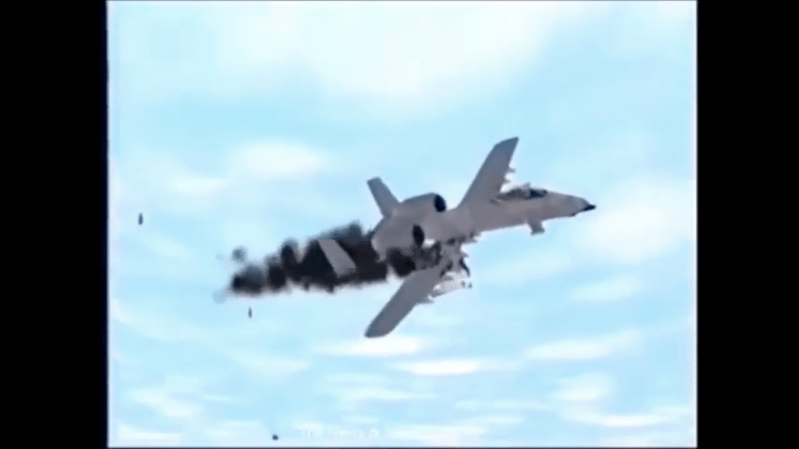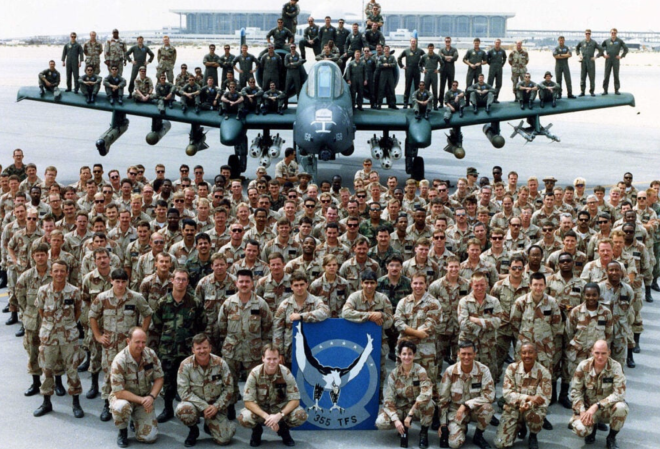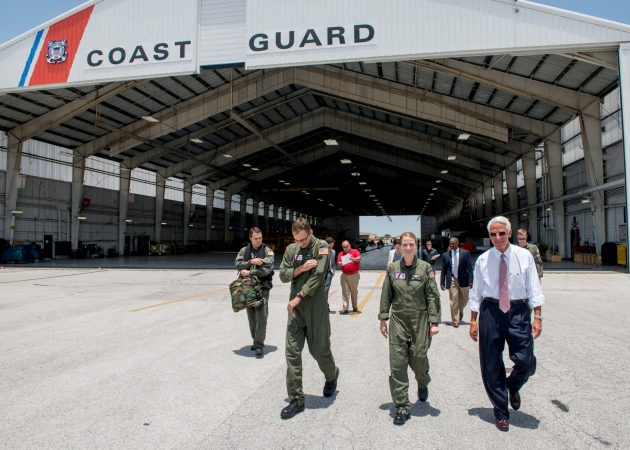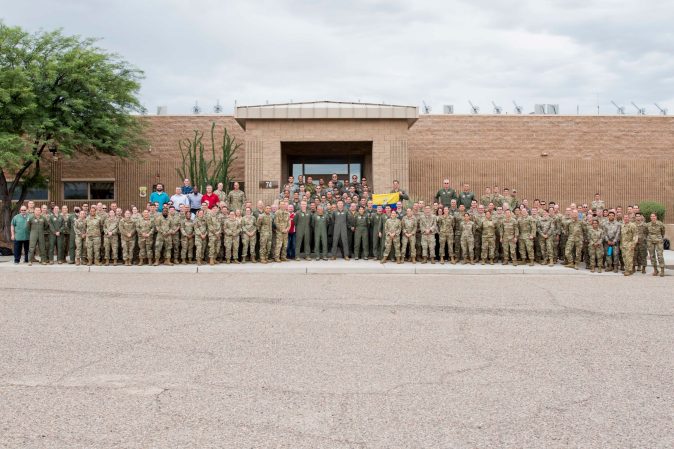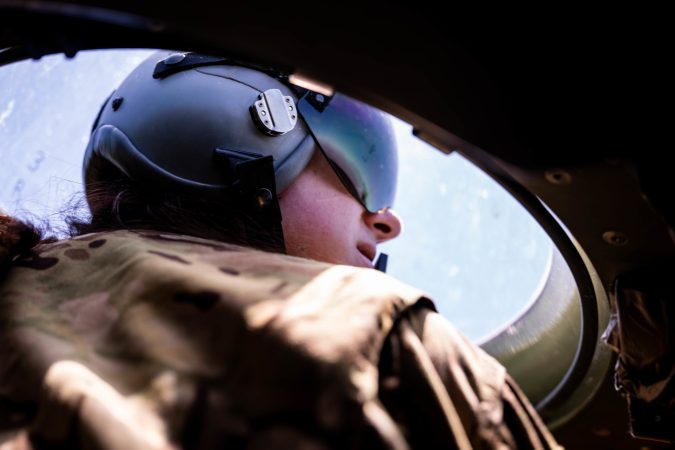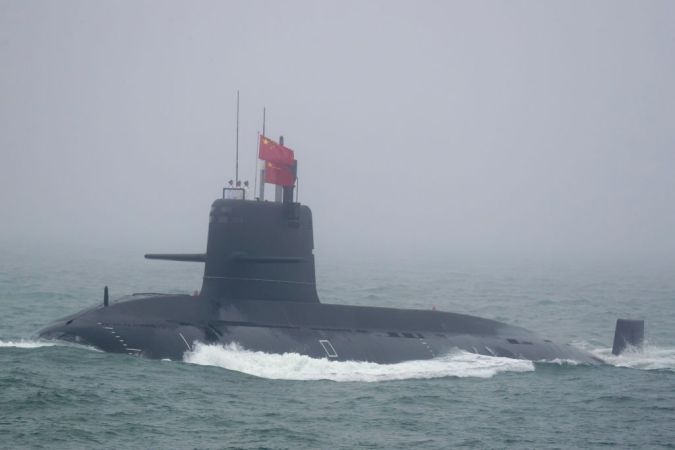The Fairchild Republic A-10 Thunderbolt II has been a legend in providing close-air support. However, even legends have bad moments, and the A-10 has now succumbed to one of the problems plaguing other United States military aircraft: It’s giving pilots hypoxia.

According to a report by Aviation Week and Space Technology, the hypoxia incidents, which the Department of Defense labeled as “physiological episodes,” took place last year. There were two cases among A-10s assigned to Davis-Monthan Air Force Base, where the 355th Fighter Wing is based.

In both cases, backup oxygen systems kicked in and allowed the pilots to return safely to base. One plane was equipped with an onboard oxygen generation system (OBOGS), which replaced an older liquid oxygen (LOX) system. The other plane still had the older system installed.

An investigation determined that the Warthog with the LOX system had issues with the oxygen regulator and cabin pressure systems. The problems were repaired. However, 28 OBOGS-equipped A-10s were grounded while investigators tried to determine the cause of the incident.
While no root cause was found, some corrosion was located among system’s pipes. New procedures, including making sure that the water separator is drained, allowed the OBOGS-equipped A-10s to return to operational duties after a week. During that week, A-10s with the LOX system held the line. Since the implementation of the new procedures, no hypoxia incidents have occurred among the A-10s at Davis-Monthan.

Other planes where pilots have reported hypoxia issues in recent years include the F-22 Raptor, the F/A-18, the T-45 Goshawk, the T-6 Texan, and the F-35 Lightning. Last year, Cobham developed a system to help warn pilots when a hypoxia incident is taking place.









